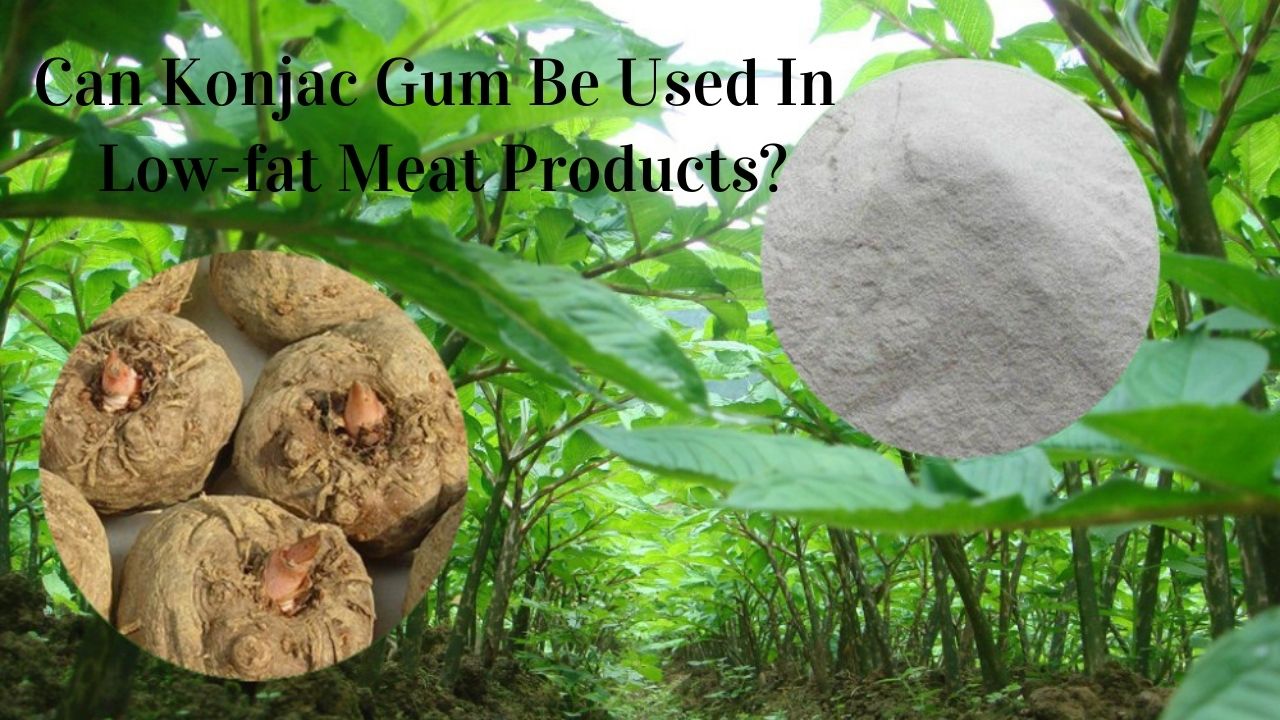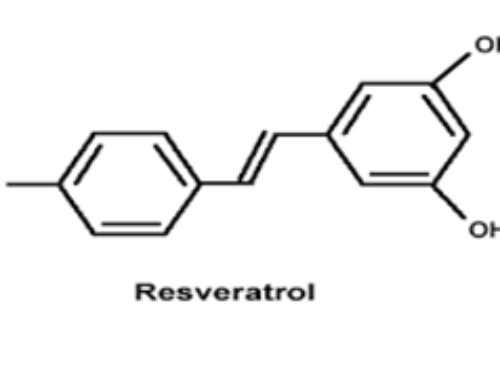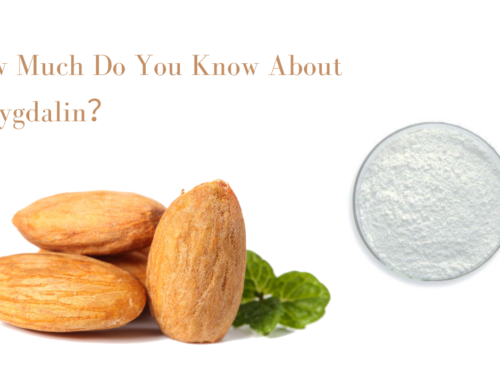Konjac belongs to the perennial herbaceous plant of Araceae. Konjac gum is extracted from the tubers of konjac. Its main component is konjac glucomannan, abbreviated as KGMD, which is a non-ionic water-soluble polymer natural plant polysaccharide. The content of konjac gum in konjac tubers is also different due to its type and growth period. It can reach 10%~30% in fresh mature konjac and 50%~80% in konjac flour. Konjac gum, as a food raw material or additive, is widely used in meat products, noodle products, dairy products, soy products, beverages, ice cream, jelly and other fields due to its natural and safe advantages.
With the continuous improvement of people’s living standards, meat products have become a major category of consumer foods, and the consumption is also increasing, which has led to a continuous increase in people’s fat intake. Therefore, how to obtain high-quality low-fat meat products has become a research hotspot in recent years. Using konjac gum as a fat substitute in low-fat meat products can not only replace fat, but also improve the quality of low-fat meat products, thereby obtaining low-fat and low-calorie meat products.
Development of low-fat meat products
The research and development of low-fat meat products mainly includes two elements. On the one hand, it is to reduce the original fat content in meat products. On the other hand, it is to choose suitable fat substitutes, which can not only effectively reduce the fat content in meat products, but also maintain or improve the original good quality of meat products.
Application of konjac gum as a fat substitute in low-fat meat products
Adding an appropriate amount of konjac gum to low-fat meat products can reduce fat and improve taste. However, because konjac has a special fishy smell, if it is added in excess, it will affect the smell of meat products, so it is necessary to control its addition amount. As the molecular weight of konjac gum decreases, its elastic modulus and viscous modulus decrease, forming a more elastic and viscous konjac gum. And konjac gum exhibits good stability during refrigeration or freezing storage.
Application of konjac gum in common low-fat meat products
Sausage is one of the most common low-fat meat products on the market. In addition to color and aroma, its texture is also extremely important. The glycan network formed by KGM can improve the texture of the material and make it more elastic, and the hydrophilic group in the KGM molecular structure can bind water molecules and prevent the loss of water. Therefore, adding konjac gum to the sausage can improve the elasticity and toughness of the sausage.
Meatballs are also a very common low-fat meat product on the market, but traditional meatballs have a high fat content. Konjac gum is a high-quality dietary fiber and functional food gum. It is made by using konjac gum as a fat substitute. The fat content of meatballs will be reduced, and the taste is similar to traditional full-fat meatballs, which satisfies consumers’ pursuit of low-fat meat products.
Application of Modified Konjac Gum in Low Fat Meat Products
KGM itself has strong water absorption and is very easy to swell in water, but the formed sol has poor rheology and stability, which limits its application fields. Therefore, konjac gum has been modified to make it more widely used.
Application of konjac gum and other food gums in low-fat meat products in compound form
Hydrocolloids can retain water and emulsify in meat products. The use of compound glues can reduce the amount of colloids, reduce production costs, and improve the performance of monomer glues, so the application prospects are broader. Generally, konjac gum can be used in low-fat meat products as a fat substitute in a compound form. Konjac gum and xanthan gum, konjac gum and carrageenan have a good synergistic function. The compound solution can form a thermoreversible elastic gel. The glue strength of the compound gum formed by konjac gum and xanthan gum It increases with the increase of the glue concentration and gel time, but decreases with the increase of the metal ion concentration. The glue strength of the compound glue formed by konjac gum and carrageenan increases with the increase of the glue concentration. Proper storage temperature and time can keep the colloid. Gel strength.
Application of konjac gum deacetylation modification in low-fat meat products
Konjac gum can form thermally reversible gel and thermally irreversible gel under different conditions. Under non-alkaline conditions, thermally reversible gels are formed. Under alkaline or high-concentration salt solutions, deacetylation reactions will occur under the action of gelling agents to form a thermally irreversible elastic gel, called Konjac gel, that is, modified konjac gum. The modified konjac gum can cross-link with the myosin in the meat, and play a bonding role in the production of meat products, thereby improving the structure and taste of the meat products.
Application of konjac gum graft copolymerization modification in low-fat meat products
Since the structure of KGM contains many hydroxyl groups and replaceable active groups, it can react with other organic substances to form derivatives. The thickening and water absorption of konjac gum can prevent water and oil from meat products, and improve the cohesive force of meat products. Its emulsification and the chopping link in the restructuring process can combine to make the muscle protein and muscle protein dissolved in the meat emulsion products. The bonding force between the meat emulsions is improved.
China has extremely rich konjac resources, and research on konjac gum has also started early. Research on the structure, properties and modification methods of konjac gum has been relatively mature, but research on its application in various foods still needs to be strengthened. Especially it is used in meat products. When producing low-fat meat products, not only must the fat content and cost be reduced on the basis of ensuring the quality of the meat products, but also the amount of konjac gum added must be strictly controlled, so that products that meet the needs of consumers can be produced. With the current people’s view of meat consumption from “quantity” to “quality”, it is a healthier development trend to reduce fat in high-fat meat products. Therefore, the application of konjac gum in low-fat meat products will be more extensive.
Would you use konjac gum in meat products? If you have a long-term demand for konjac gum, please send an email to us for more detailed information about konjac gum. If this article is helpful to you, please help forward it so that more people can learn the use of konjac gum. Please leave a comment below to tell us which aspects of konjac gum you still want to know. We will reply as soon as we see it.






Leave A Comment